Lebanon elected a new president on Monday, ending a two-and-a-half-year political crisis. However, one aspect of the country has nothing to do with politics —the astonishing beauty of the various sights of the ancient eastern Mediterranean republic.
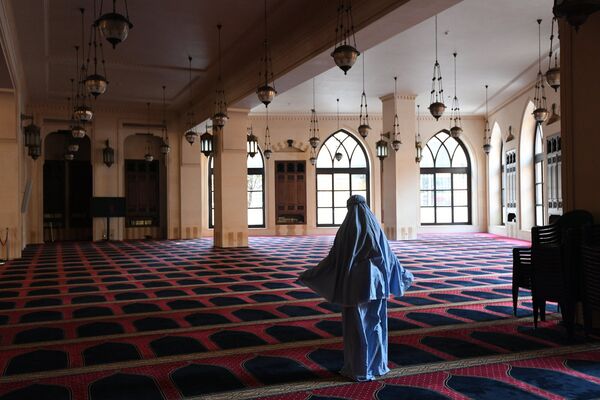
The Mohammad Al-Amin Mosque is a Sunni mosque in the center of Lebanon’s capital. The cornerstone of the building was laid in November 2002 and the mosque was inaugurated in 2008. In the 19th century, a zawiya, or prayer corner, was built on this site and named after Sheikh Abu Nasr Al-Yafi.
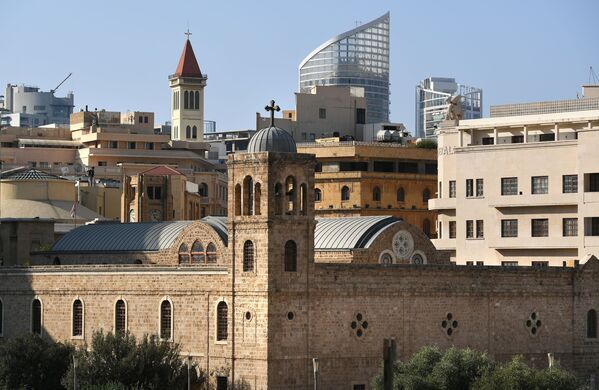
2/16
© Sputnik / Ekaterina Chesnokova
A view of the St. George Greek Orthodox Cathedral at Place de l'Etoile in Beirut. The city's oldest extant church was heavily shelled and vandalized during the civil war, which lasted from 1975 to 1990. It was renovated to reveal its rich interior in 2003 and opened an archaeological crypt museum in 2011. In the fifth century, an Anastasi Romano-Byzantine Cathedral was built on this site but was later destroyed by several massive earthquakes.

3/16
© Sputnik / Ekaterina Chesnokova
A boy seen from the window of a house in Saida (Sidon), the third largest city in Lebanon. There is evidence that the ancient city of Sidon was inhabited as long ago as 4000 B.C., and perhaps as early as Neolithic times (6000 - 4000 B.C.). In Genesis, Sidon was a son of Canaan and a grandson of Noah; the name is also the modern Arabic word for “fishery.” Besides its tourist attractions, Saida is also famous for its port and fish market.
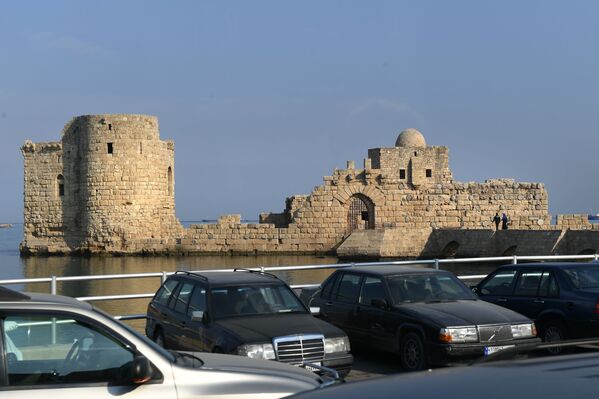
4/16
© Sputnik / Ekaterina Chesnokova
Sidon Sea Castle, in the vicinity of the city's harbor in the Lebanese city of Saida (Sidon). It was built by the Crusaders as a fortress in 1228. There is a possibility that the island on which the castle is built was, in fact, the location of the Phoenician king's palace and several other Phoenician monuments. This island has also served as a shelter from inside attacks on the city.
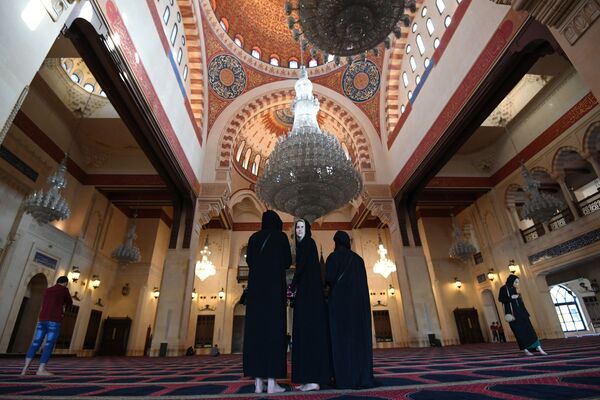
5/16
© Sputnik / Ekaterina Chesnokova
Women seen in the Mohammad Al-Amin Mosque in Beirut. The interior of the Sunni mosque was created by Lebanese artist Harout Bastadjian.
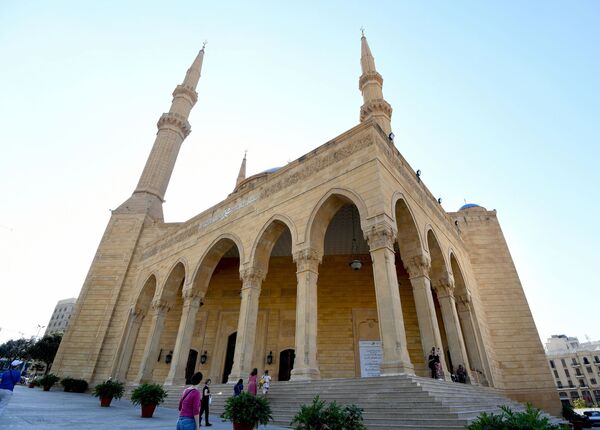
6/16
© Sputnik / Ekaterina Chesnokova
A view of the Mohammad Al-Amin Mosque, also referred to as the Blue Mosque, from the outside.

7/16
© Sputnik / Ekaterina Chesnokova
Ancient Roman ruins in Hadiqat As-Samah (the Garden of Forgiveness) in the heart of modern Beirut. The site helps mark the Green Line, where some of the most intense fighting during the Civil War occurred, dividing Beirut into east and west for more than a decade. The Garden is designed to be a place of contemplation and reflection for visitors, and is best viewed from the raised walk opposite the St. George Cathedral.
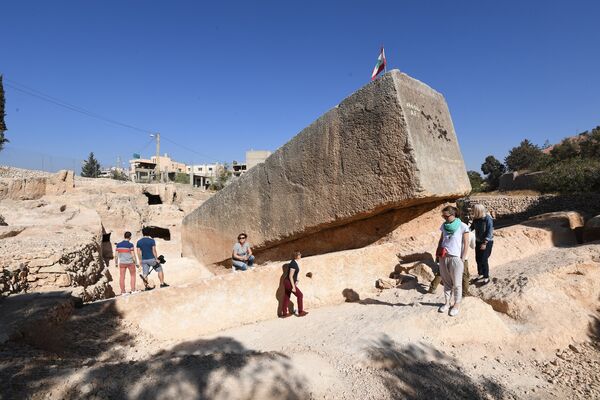
The Stone of the South, also known as the Stone of the Pregnant Woman, is a megalithic stone lying in Baalbek (ancient Heliopolis). Together with another ancient stone block nearby, it is among the largest monoliths ever quarried. There are multiple stories behind the name. One says the monolith is named after a pregnant woman, who tricked the people of Baalbek into believing that she knew how to move the giant stone if only they would feed her until she gave birth. Others say the name reflects the belief that a woman who touches the stone experiences an increase in fertility.
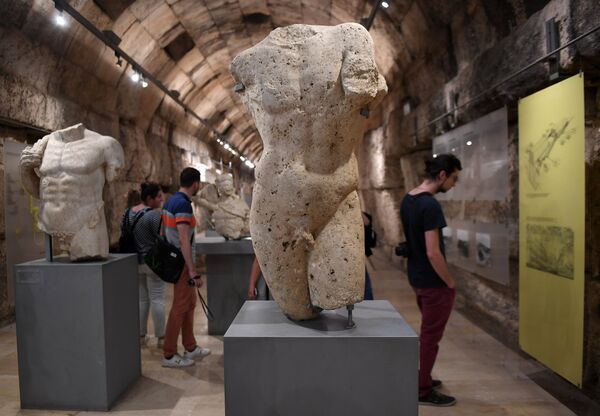
Visitors seen at the museum of the temple complex in the ancient Lebanese city of Baalbek.
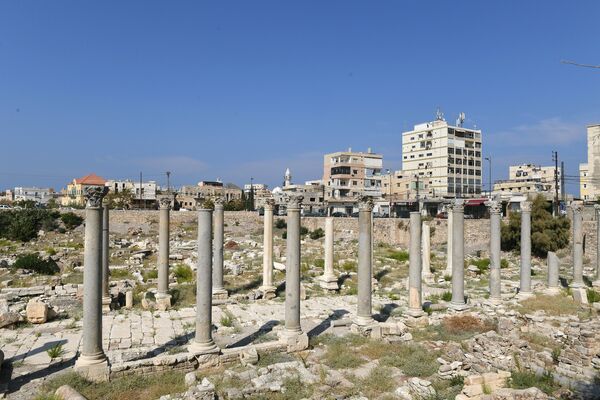
The remains of Roman columns in the Ancient Phoenician city of Tyre, also referred to as Sour. The construction supposedly was part of a palaestra, an ancient Greek wrestling school.
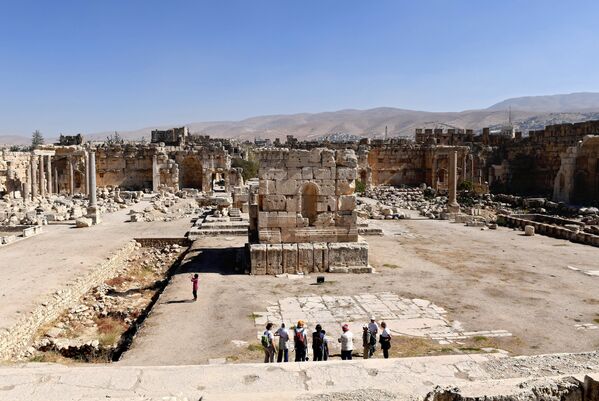
Remains of the Great Altar in the temple complex of Baalbek, Lebanon.
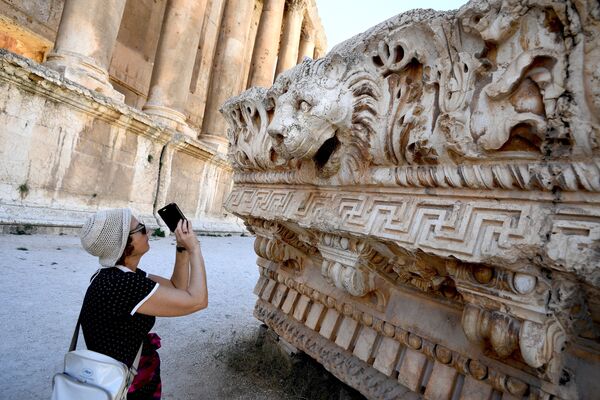
A visitor takes pictures of a bas-relief with heads of lions from the roof of the Temple of Jupiter in the temple complex of Baalbek, Lebanon. The town, listed in 1984 as UNESCO World Heritage Site, was known as Heliopolis during the Hellenistic period. Baalbek, with its colossal structures, is considered one of the finest examples of imperial Roman architecture at its apogee.
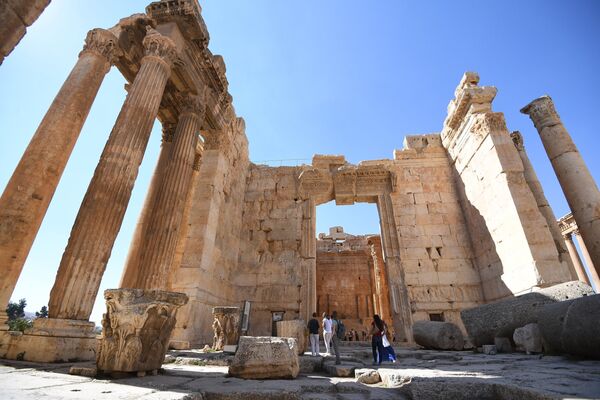
Visitors at the Temple of Mercury in the temple complex in Baalbek, Lebanon.
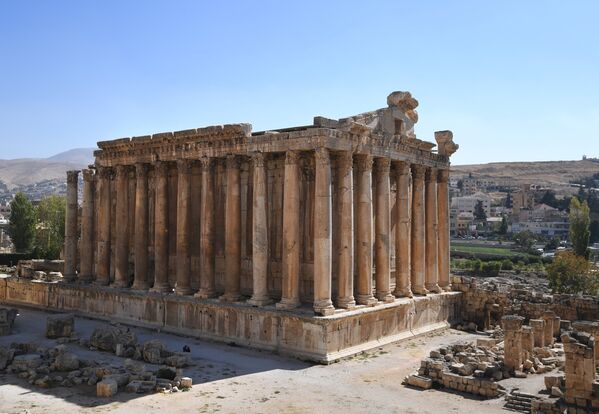
The Temple of Mercury in the temple complex in Baalbek, Lebanon.
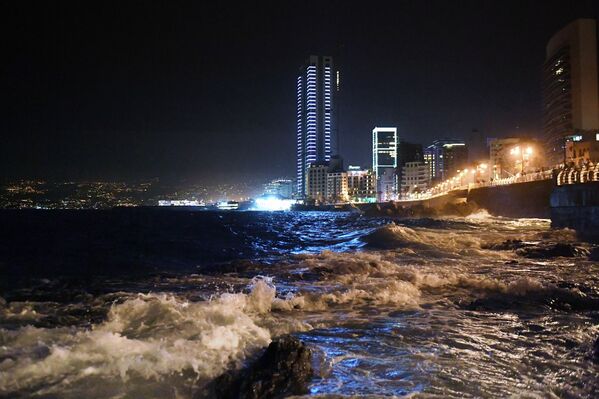
15/16
© Sputnik / Ekaterina Chesnokova
The Corniche is a 4.8-kilometer-long seaside promenade in Lebanon’s capital.
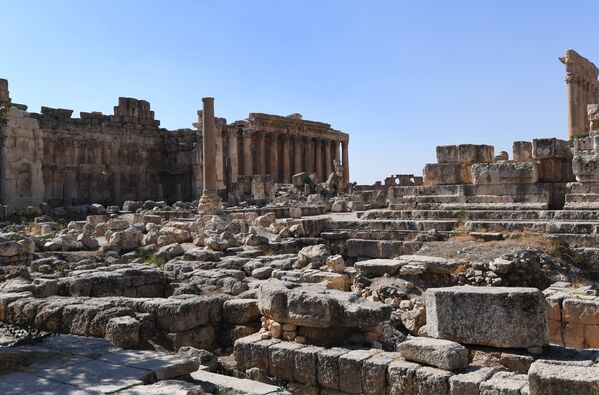
Ruins of the Big court in the temple complex of Baalbek, Lebanon.



